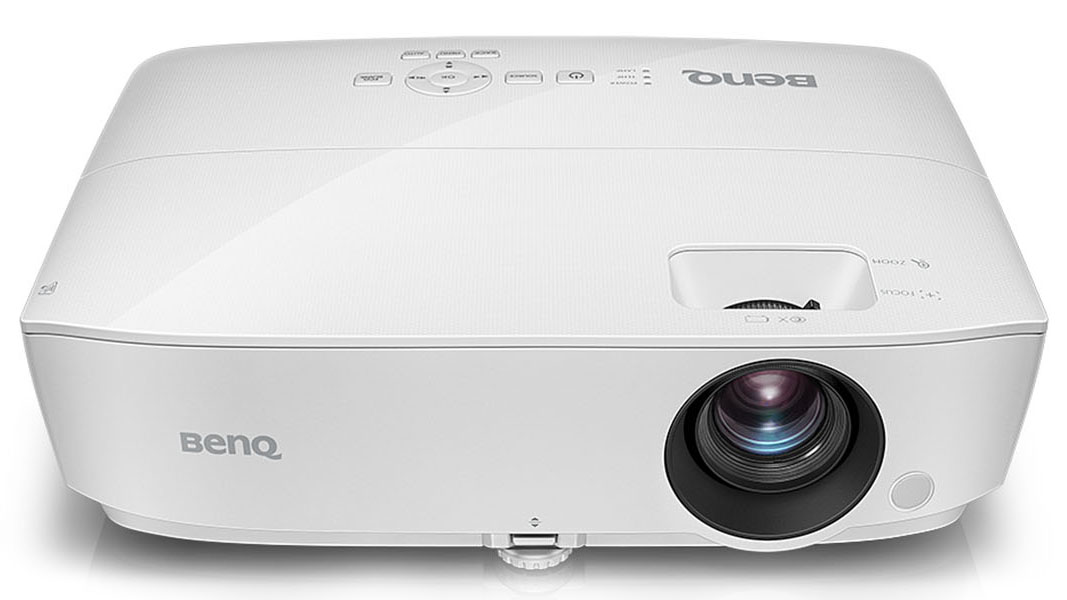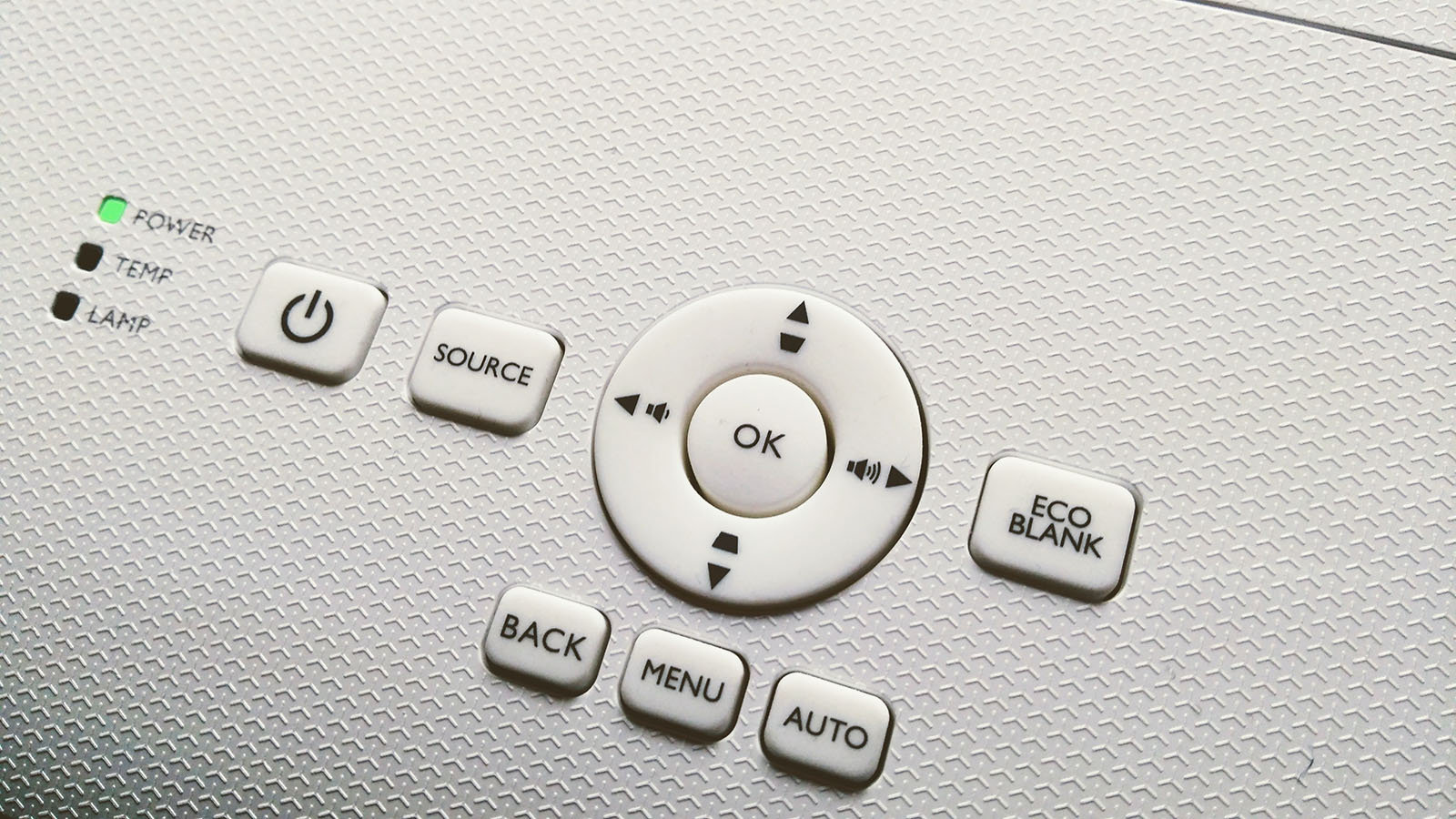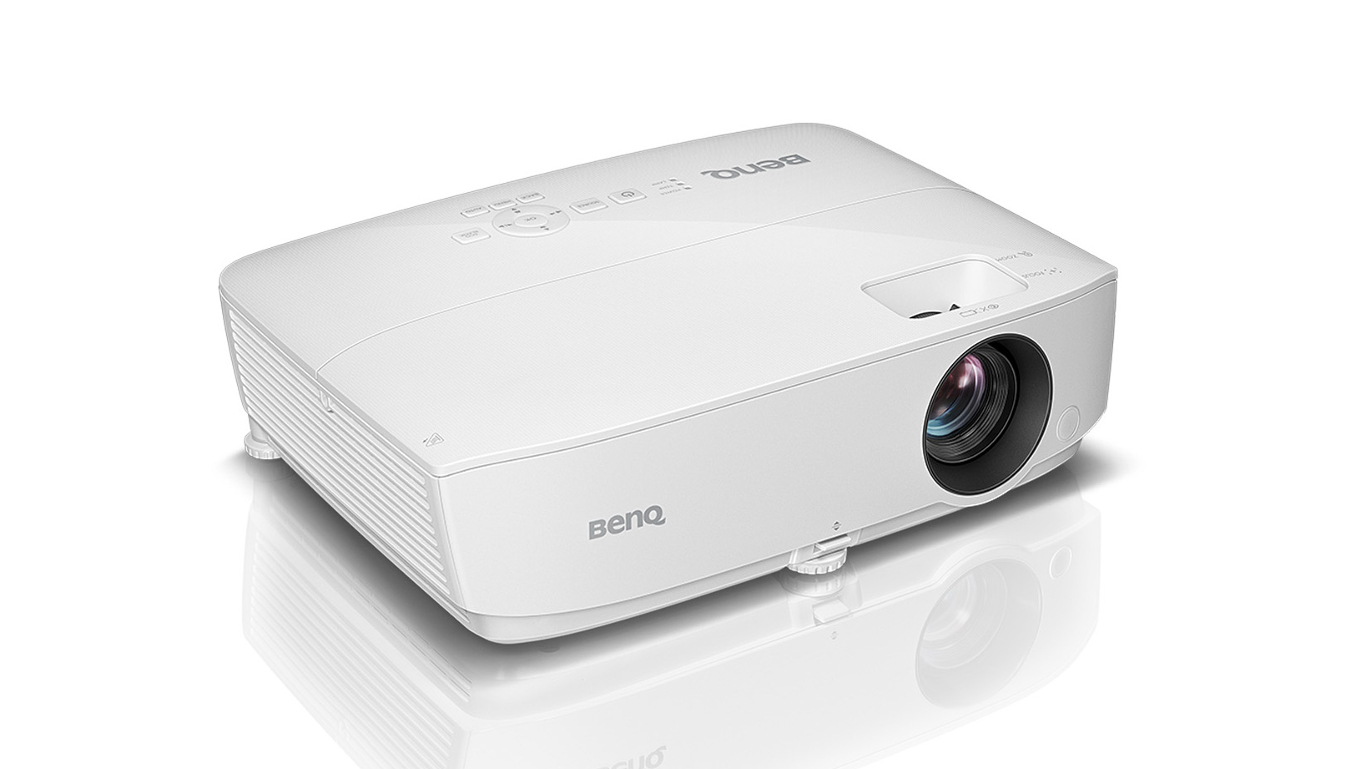Why you can trust TechRadar
Performance
The MH530FHD impressed us from the very outset, and proved to be an exceptional performer.
BenQ’s quoted 3,300 lumens brightness is right on the money, and even with Smart Eco mode active and 50% brightness set, we recorded more than 2,000 lumens.
The image is also remarkably sharp, well saturated, and displays an amazing contrast range.
BenQ mentions a contrast ratio of 15,000:1, and while we can’t confirm that, we can categorically state that the contrast is exceptional.
While projected images can’t offer the same deep blacks as a flat-screen TV, in almost all other respects the image that this creates is superior, especially in fast-moving scenes.
Also, the ‘rainbow’ problem that blighted the original MH530 isn’t an issue we noticed with the MH530FHD.
At short range, the MH530FHD can create a 100-inch image that doesn’t require shade to experience. BenQ’s 300-inch claim is a mild stretch, and it needs a dark environment to work effectively.
Sign up to the TechRadar Pro newsletter to get all the top news, opinion, features and guidance your business needs to succeed!

This design is also the best 3D projection experience that we’ve yet had, and superior in many respects to the 3D offered by LCD technology.
One issue with projectors is fan noise, as they’re often far from silent. Thankfully, BenQ managed to keep the noise levels low, and the fan’s RPM doesn’t distractingly alter once the machine has reached its ambient operating temperature.
The only sound issue we had is that the single internal 2W speaker just isn’t loud enough, especially for outdoor use. Although, in the home theatre context, it is highly unlikely that it would be the chosen method of audio output.
With the confines of 1080p output, for both media presentation and gaming, the MH530FHD is an exceptional performer that has redefined our expectations of what a device in this price range can deliver.
Which begs the question: how could BenQ make this better?
On one level this device competes with Smart TVs, and beyond 4K quality those devices also have their ‘smart’ capabilities, and digital decoders.
That similar functionality hasn’t yet turned up in projectors is a little disappointing, as it can’t cost much to add and could easily create some projector/TV continuity. The assumption seems to be that HDMI covers that option if people want it.
If that’s the company’s thinking, surely three HDMI ports and one token VGA connector would be a better configuration than two of each?
In conclusion, the MH530FHD could be smaller, quieter, have an even longer bulb life, use less power and have a smart interface. But there is always room for improvement, and there is little, if anything, inherently wrong with this projector now.

Final verdict
In short, this is a terrific piece of kit!
While much of the design is welded to conventional projector thinking, it is difficult to argue with a product that succeeds in its mission so effortlessly. If you’ve watched a projected movie and got distracted by the lack of contrast or color saturation, then it wasn’t the BenQ MH530FHD you watched it on.
The replacement bulb costs are low, and what’s more, by using Smart Eco mode you can easily avoid that additional expenditure for some considerable time.
- We’ve picked out the best projectors of 2017
Mark is an expert on 3D printers, drones and phones. He also covers storage, including SSDs, NAS drives and portable hard drives. He started writing in 1986 and has contributed to MicroMart, PC Format, 3D World, among others.

